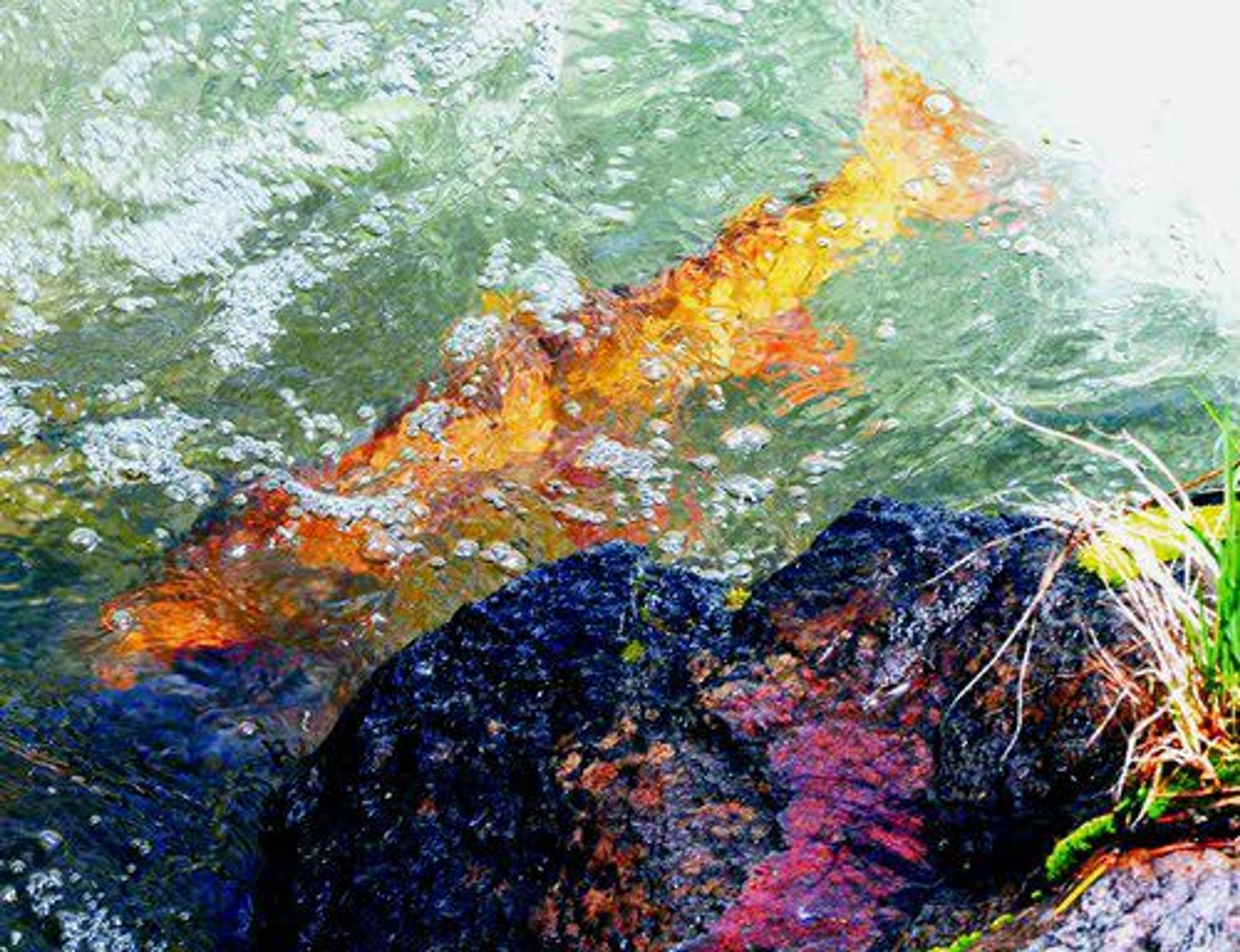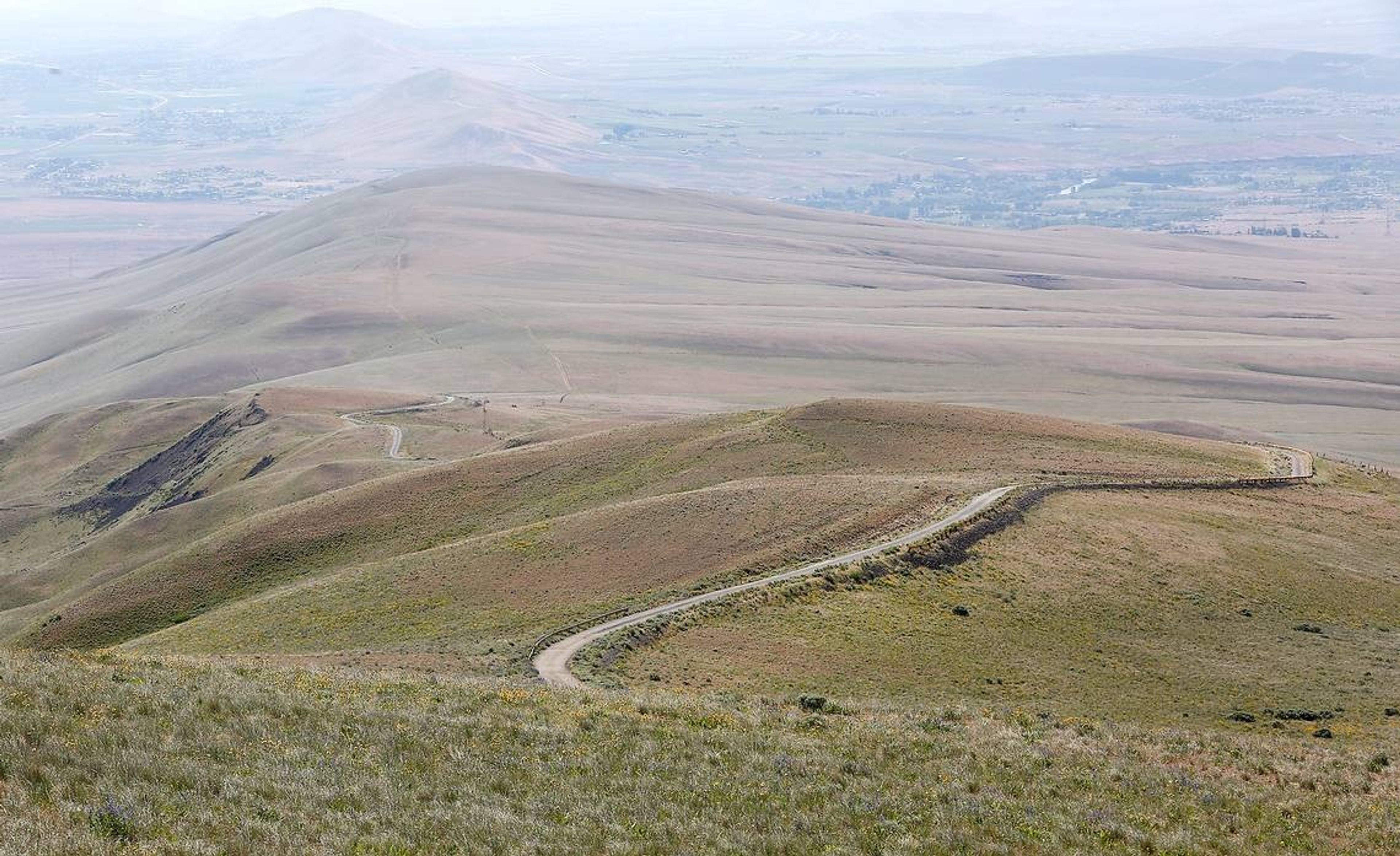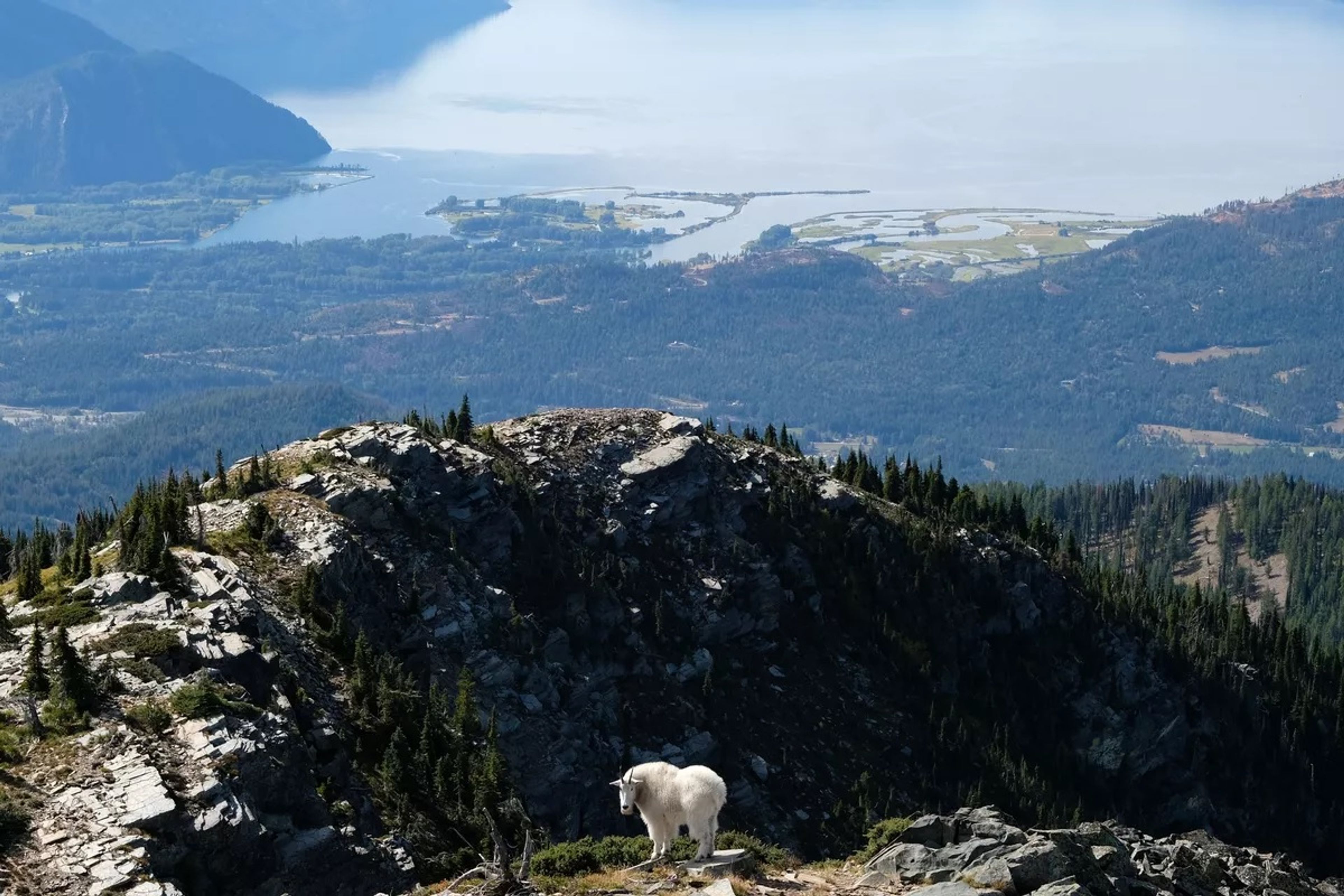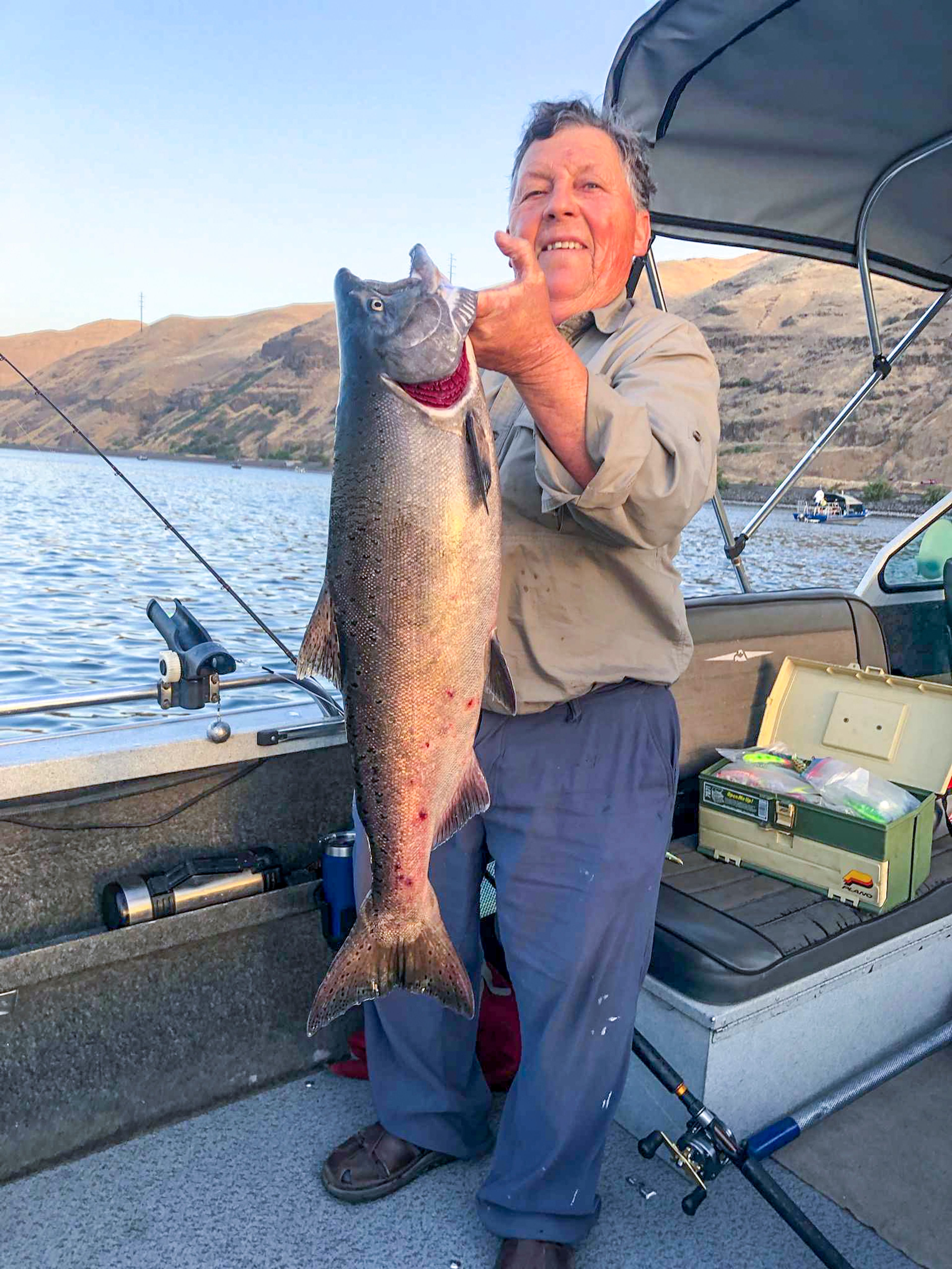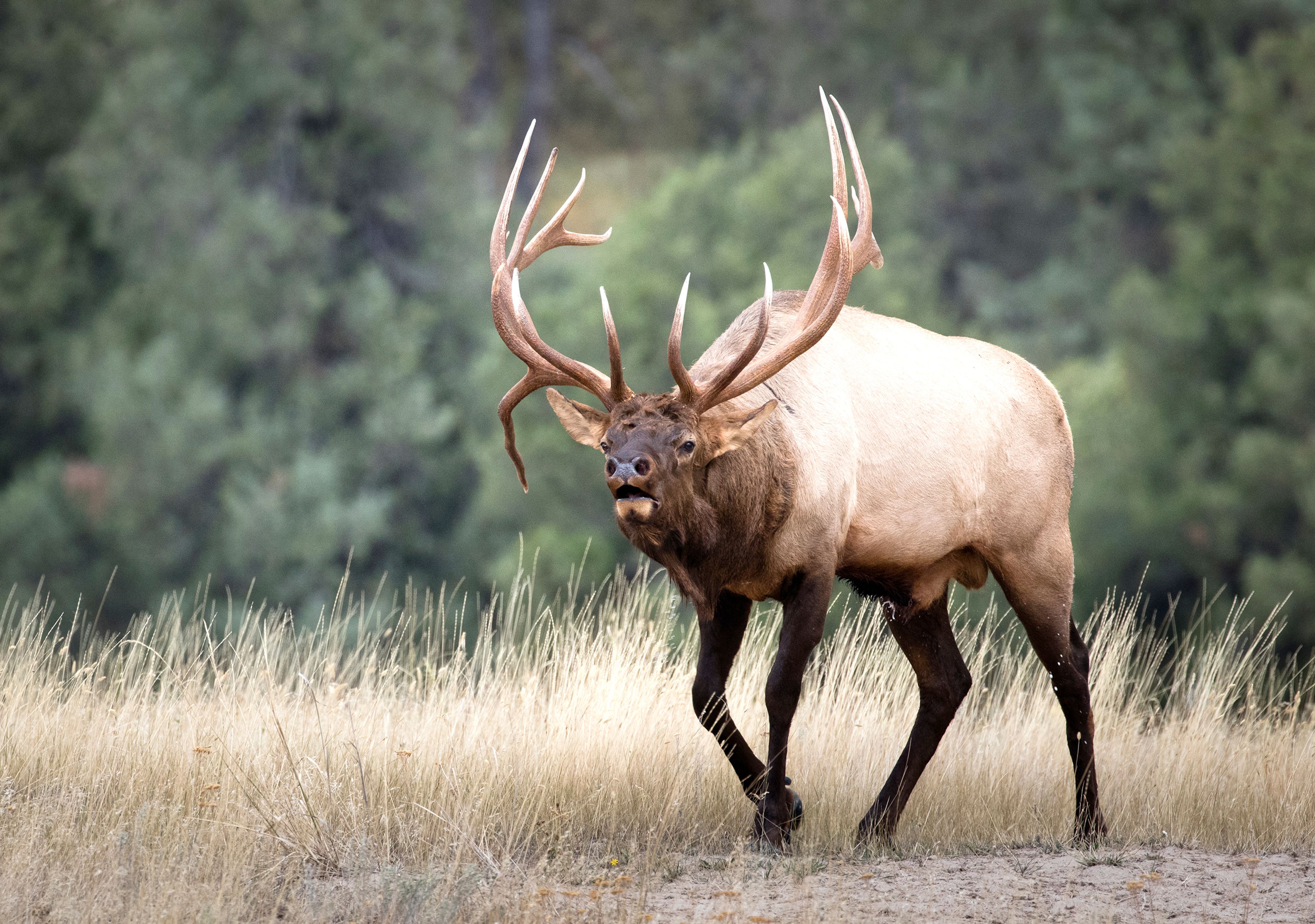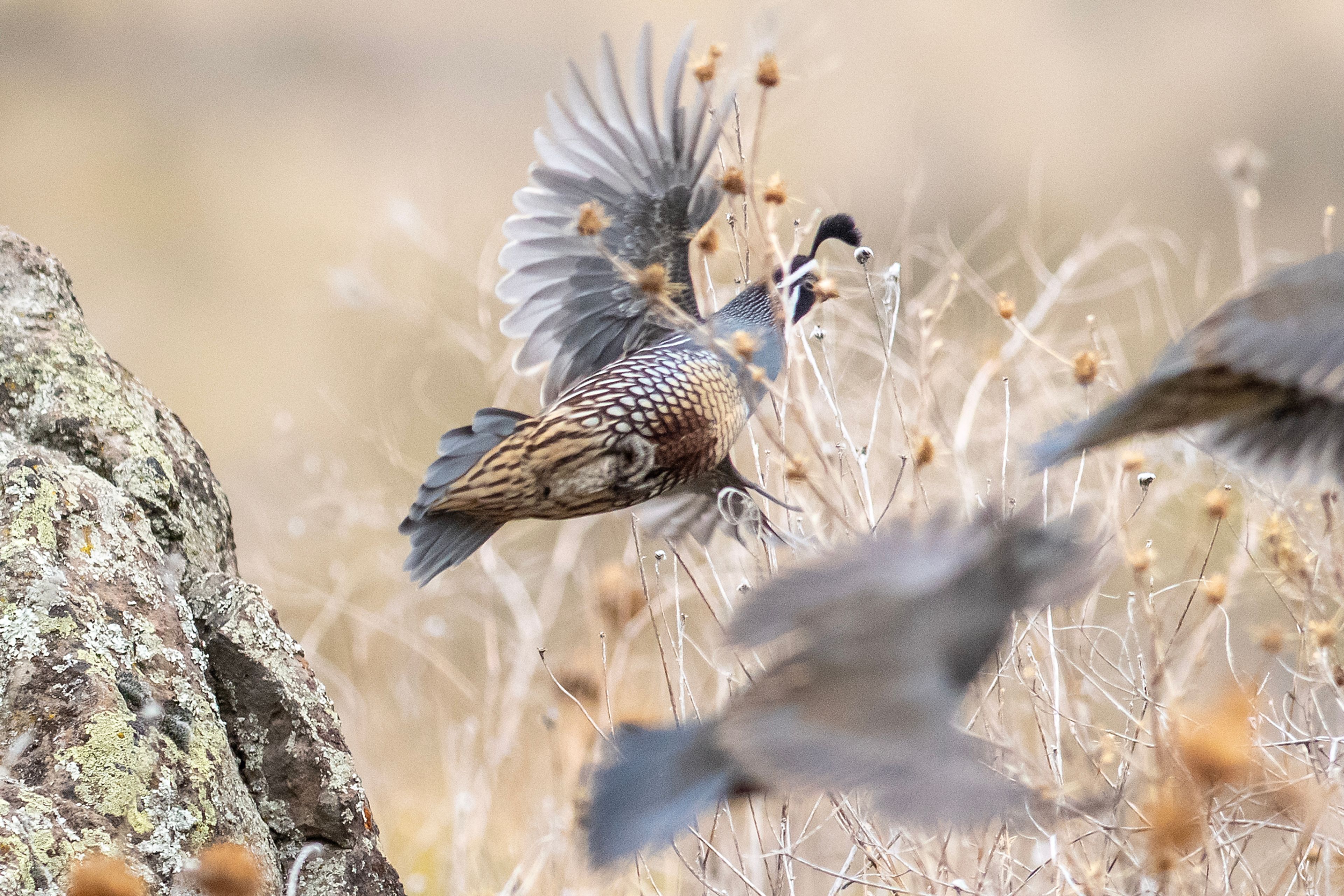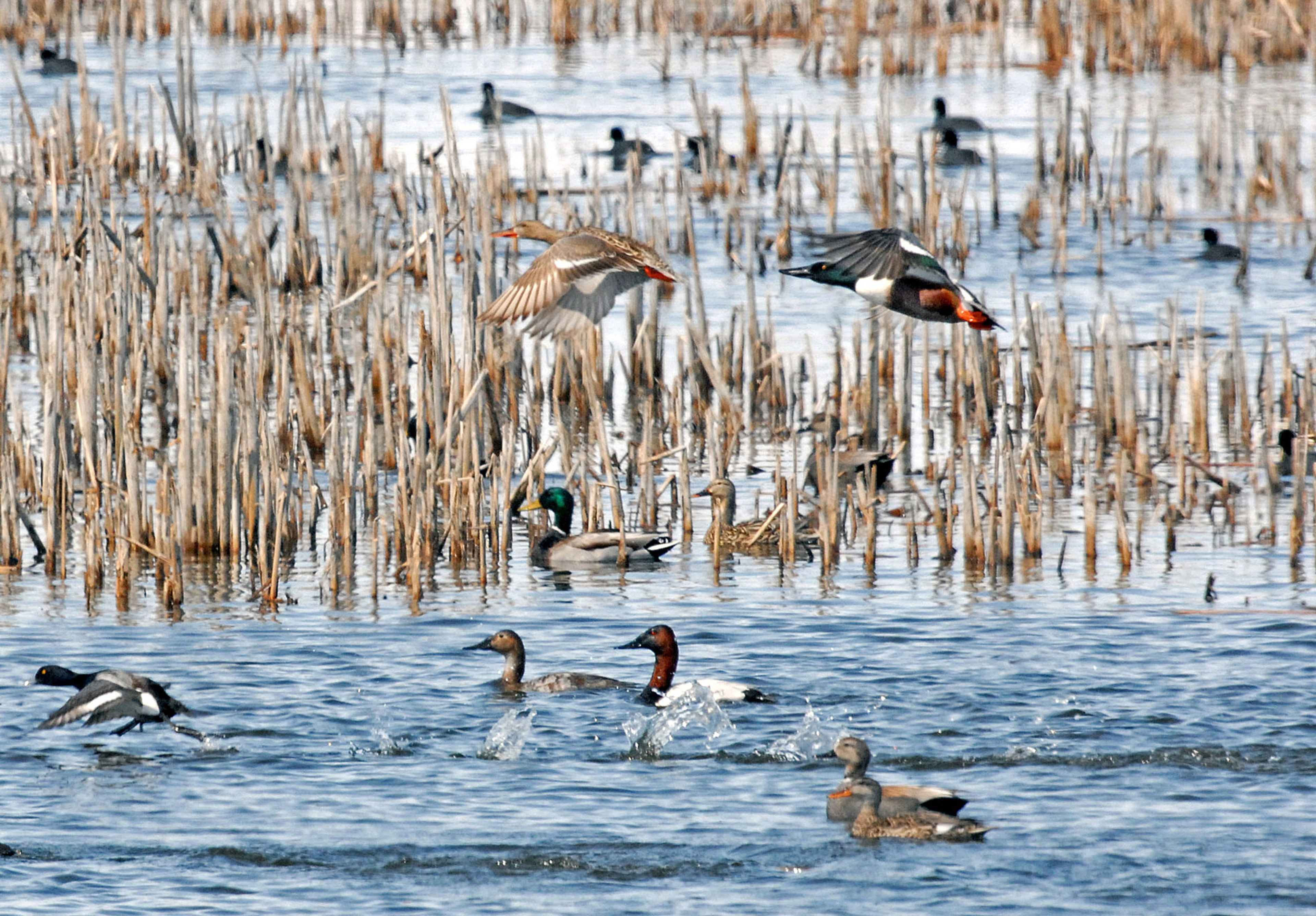Biologists update status of Yellowstone cutthroat trout
Officials explain ongoing efforts to help iconic fish species recover
BILLINGS, Mont. - In the late 1700s - as America's East Coast was being rapidly logged, trapped, fished, farmed and mined - scholars noticed a disturbing trend: native brook trout and Atlantic salmon populations were plummeting.
The new nation's eventual answer to the problem was not to restore habitat or protect streams from rampant sources of pollution, as is often the case these days. Instead, in 1812, the Philadelphia Academy of Science created a curriculum in aquaculture - raising fish - at Cornell University. These newly trained fishery folk soon began moving, transplanting and experimenting with raising the first hatchery fish.
In 1871, some of the same folks successfully established the U.S. Fish Commission. By the next year, scientists secured federal funds to begin raising fish in hatcheries to restock depleted populations.
"This is how we're going to save our native fish: we're going to use hatcheries," said Mike Ruggles, a Montana Fish, Wildlife and Parks fisheries biologist in Billings.
Trout talk
Ruggles was one of three fishery biologists to speak to a packed crowd of about 70 people at the April meeting of the Magic City Fly Fishers. The topic was Yellowstone cutthroat trout: what caused their populations to decline; what agencies are doing to protect and restore the fish; and what the future holds for the species. Also talking were Jason Rhoten, an FWP fisheries biologist based in Absarokee, and Phil Doepke, a Yellowstone National Park fisheries biologist.
"We wanted to cover more important conservation issues this year," said Lyle Courtnage, president of the fly fishers. "The native cutthroat trout has become a really important issue, not just for fisherman, but also the environment."
Ruggles led off the presentations by giving a vast historical overview of how Montana got to the point that native cutthroat trout habitat had been diminished by about 70 percent since the westslope cutthroat trout was first written about by Meriwether Lewis on June 13, 1805, at the Great Falls of the Missouri River. His description noted the distinct red slashes under the mouth that led to the fish's eventual name, the cutthroat.
Diminished habitat
At one time, there were at least 13 distinct species of cutthroat trout spread across the West. The yellowfin cutthroat was native to the headwaters of the Arkansas River in Colorado before becoming extinct thanks to the introduction of non-native rainbow trout in the late 1800s.
That early era of raising hatchery fish to transplant non-natives led to the transportation of boxcar loads of brook trout, brown trout and rainbows across the West and eventually to Montana, Ruggles said. That's because by 1864 the state had already enacted fishing rules that limited catches to hook and line only, banning all netting and trapping, which had severely depleted once plentiful native fisheries.
"So what did we end up doing? We spread non-natives all over the place," he said.
It wouldn't be until 1968 that forward-thinking FWP fisheries biologists suggested the state study not stocking the Madison River as an experiment in encouraging a sustainable native trout population.
"That did not go well. There were death threats," Ruggles said. "But by the mid-1970s they found that the population not only did better, it was doing way better."
By 1987, however, some believed the focus on native fisheries had come too late. The U.S. Fish and Wildlife Service was petitioned to consider the Yellowstone cutthroat trout as eligible for listing as an endangered species. That petition was denied, but it also served as a wake-up call to agencies like FWP.
Big Sky cutts
Montana is home to two species of cutthroat trout: westslope, which mostly occupy waters west of the Continental Divide with the exception of the Missouri River drainage; and Yellowstone, which once had its stronghold in Yellowstone Lake.
Historically, Rhoten said Yellowstone cutthroat trout occupied 17,800 miles of stream. Now it's estimated they have been reduced to about 7,500 miles and that includes cutthroat trout that have interbred with rainbow trout. The pure, core conservation populations of Yellowstone cutthroat occupy about 4,800 miles of stream.
Rhoten said one of the main reasons for protecting the fish is its importance to the food web of the region. Cutthroat trout feed species like grizzly and black bears, eagles and hawks.
"Everything is tied together," he said. "If the fish is not there, something down the line may suffer."
So since 2011, Montana Fish, Wildlife and Parks has completed 280 conservation projects just for Yellowstone cutthroat trout - things like improving connectivity and habitat, increasing streamflows and the more controversial removal of non-natives through poisoning so that natives can be restocked.
The upper Boulder River, Shields River, Soda Butte Creek, Lower Deer Creek, Sage Creek and Crooked Creek are just some of the fisheries where FWP has worked to remove non-native trout and restock native cutthroat, often building or using natural barriers to ensure the native fish are never again threatened by non-native fishes.
The next target is the Buffalo Fork of Slough Creek, just north of Yellowstone National Park and a tributary to the Lamar River. Non-native rainbow trout living in the Buffalo Fork are threatening the downstream populations of native cutthroat trout.
Yellowstone Lake
Likewise, in what was once the stronghold of Yellowstone cutthroat trout, biologists are now working to return the fish to its historical dominance. Decimated by illegally introduced lake trout (first documented in 1994) that can eat about 42 cutthroat a year, the cutthroat population has nosedived.
In Clear Creek, one of the major spawning tributaries for cutthroat trout that live in the lake, runs of fish dropped about 99 percent in three decades.
Netting has been the main means to remove lake trout from the water body. In 2017, more than 5,700 miles of gillnet were set, Doepke said, enough to reach from Billings to Washington, D.C., back to Oakland, Calif., and back to Billings. The nets were set by six different commercial boats working six days a week at a cost of about $1.5 million a season, which runs from May to September.
Last year, 397,000 lake trout were caught, but most of the fish were 8 to 12 inches long. Since 2013, when more than 400,000 pounds of biomass was netted, crews have seen that number fall to below 300,000.
"So we've knocked a lot of the large fish down," Doepke said.
That's important since it is the older fish that spawn. Lake trout typically reach sexual maturity between 5 to 10 years old. To further reduce the number of lake trout, the National Park Service has been experimenting with methods to kill eggs on spawning beds.
Killing eggs
The spawning beds have been found by implanting some lake trout with transceivers, allowing biologists to track them. Right now, there are between 200 and 400 lake trout that biologists are following. A dense array of receivers helps pinpoint spawning beds, most of which are located along the lake's southwest shoreline.
Using the technology, biologists have zeroed in on 14 different lake trout spawning beds that cover about 40 acres out of the lake's 89,000 total acres. Although burying the spawning beds in gravel, sucking up the eggs and electrocuting the nests has been tried, the most promising method of killing eggs has been to dump carcasses of the dead, netted lake trout on top of the spawning gravels.
The success of that work led to a cooperative project with the Bozeman Fish Technology Center to create a pellet, resembling rabbit food, that has a chemical resemblance to the rotting carcasses. In tests at the center, the pellets worked better than dead carcasses at killing lake trout eggs, Doepke said.
Yellowstone officials have established three metrics to measure the success of their lake trout removal effort: 1) gillnetting of 40 to 50 fish per net; 2) an increase in cutthroat angler success, which right now is below one per hour and the park would like to see it back around 1.5 to two fish per hour; 3) an increase in spawning cutthroat in nine tributary streams and the number of bears attracted to feed on those fish. Visual surveys used to count about 70 spawning fish, it's now around five.
"The three metrics are all below where we want them to be," Doepke said, but fisheries managers feel they have turned the corner.
